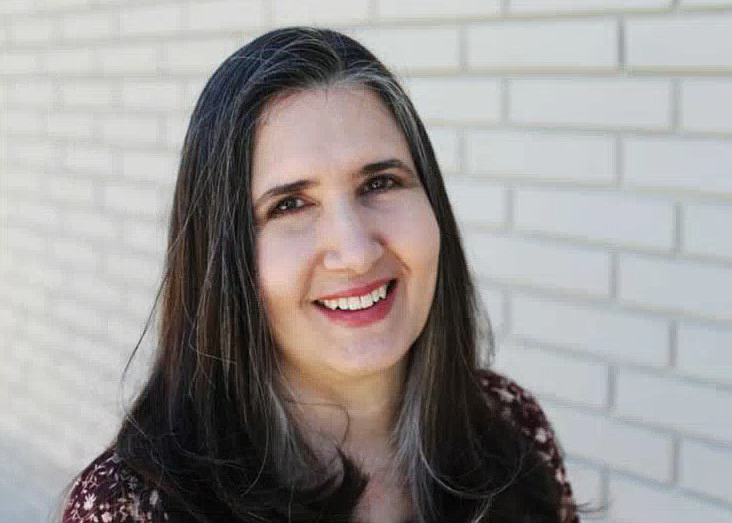School levy FAQs
March 14 is a big day for North Idaho school districts. In an area experiencing such radical growth as Kootenai County, classrooms are bursting with students. Funds tend to fall short of what’s needed to support them.
That makes it hard for teachers to teach, and for kids to learn.
A school district supplemental levy is not a new tax. It’s a biannual renewal of the local portion of a state funding structure reaching back more than six decades. There are three types of levies: plant and facilities for buildings; supplemental levies for operating costs such as salaries, supplies, buses and technology; and safety and maintenance levies, which expire after five years and cover school repairs, plumbing, roofs, flooring, fences, parking lots, safety and security.
Some folks would rather not support public schools, citing home schooling or other private options. That’s fine for others, but not all kids have that access and so the majority still go to public schools — a fact that’s highly unlikely to change.
Giving children and their families access to the well-equipped and fully staffed education benefits not only those families, but all of us. In a few short years, they will be the workers, leaders and professionals all of society relies upon.
According to 2021 Idaho and U.S. Census data:
• The state spends about half of its budget on education.
• State and federal funds don’t cover the costs necessary to operate a school. The rest comes from local taxes authorized by levies. The word “supplemental” doesn’t mean extra; it means in addition to government contributions — in other words, local tax support. If levies are not approved (by simple majority), those funds will not be there for the education of future workers.
• Local funds (via levies) account for a statewide average of 25% of the total revenue per student. State funds represent more than 60% and federal funds, less than 15%.
• In Coeur d’Alene, supplemental levies provide a quarter of annual operating funds, paying for employee costs, textbooks and classroom supplies, student computers, extracurricular activities, student transportation, custodial services and more.
• As an example, 2023 school taxes on a home with an assessed value of $200,000 would be $223, according to the calculator at cdaschools.org.
• The local component in Idaho is far less than what similar communities around the country contribute, on average. Idaho communities’ per-pupil spending is approximately one-third of the national average.
• All local levy-generated tax funds stay local, supporting local schools.
• “Replacement” levies are not new or additional levels of taxation; they are a reauthorization of an existing (expiring) tax authority.
It’s not too late to request an absentee ballot at voteidaho.gov. See all the sample ballots at kcgov.us/1005/Election-Information---March.
For more voter information including property tax calculators, see cdaschools.org, pfsd.com and sd272.org.
Please vote, for the sake of Idaho’s future — our kids.
• • •
Sholeh Patrick is a columnist for the Hagadone News Network. Email sholeh@cdapress.com.

